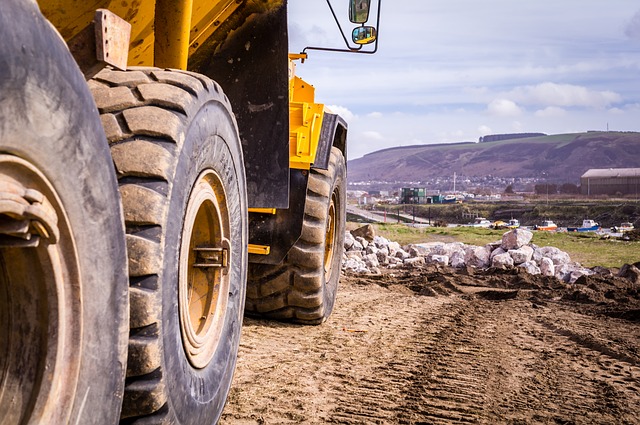In the bustling landscape of urban development and infrastructure projects, the construction site stands as both a symbol of progress and a hub of potential hazards. From towering skyscrapers to intricate roadways, these sites teem with activity, but they also pose significant risks to the workers who labor within their confines. As we delve into the common construction site accidents, it becomes clear that safeguarding the well-being of construction workers is paramount to ensuring the success and sustainability of our built environment.
1. Falls from Heights
Among the most prevalent and perilous accidents on construction sites are falls from heights. Whether working on scaffolding, rooftops, or elevated platforms, construction workers face the constant threat of serious injury or death from falls. Failure to use proper fall protection equipment, inadequate safety training, and unstable work surfaces are common contributing factors to these accidents. If you’ve gotten an injury from falling, contact a construction fall accident attorney in New York City, Los Angeles, or wherever you are located to protect your rights.
2. Struck-By Accidents
Construction sites are dynamic environments where heavy machinery, equipment, and materials are in constant motion. Struck-by accidents occur when workers are struck by objects such as falling debris, tools, or vehicles. Inadequate signaling, improper storage of materials, and failure to establish clear work zones can increase the risk of struck-by accidents.
3. Caught-In/Between Accidents
Another category of construction site accidents involves workers becoming caught-in or caught-between objects or machinery. These accidents often occur when workers are trapped between moving equipment, caught in machinery, or pinned against stationary objects. Inadequate guarding on machinery, lack of proper training, and failure to follow safety protocols are common factors contributing to these incidents.
4. Electrocutions
Electrocutions pose a significant risk to construction workers, particularly when working near power lines, electrical wiring, or overhead cables. Contact with live electrical currents can result in severe burns, cardiac arrest, and even death. Failure to de-energize electrical circuits, improper use of electrical equipment, and inadequate training in electrical safety protocols can lead to electrocution accidents.
5. Strains and Sprains
While not as immediately life-threatening as some other construction site accidents, strains and sprains are nonetheless common and can result in significant pain, disability, and lost productivity. Overexertion, repetitive motions, and improper lifting techniques are frequent causes of strains and sprains among construction workers. Adequate rest breaks, ergonomic training, and proper lifting practices can help mitigate these injuries.
Conclusion: A Call to Action
As we reflect on the hazards and risks inherent in construction site work, it becomes evident that a collective effort is needed to prioritize safety and prevent accidents. From rigorous safety training and adherence to regulatory standards to the implementation of advanced safety technologies and protocols, there are numerous strategies available to enhance construction site safety.
Construction industry stakeholders, including employers, contractors, trade associations, and government agencies, must collaborate to create a culture of safety that permeates every aspect of construction site operations. By prioritizing the well-being of construction workers and implementing proactive measures to mitigate risks, we can strive toward a future where construction sites are not only symbols of progress but also beacons of safety and security for all who work within their confines.


